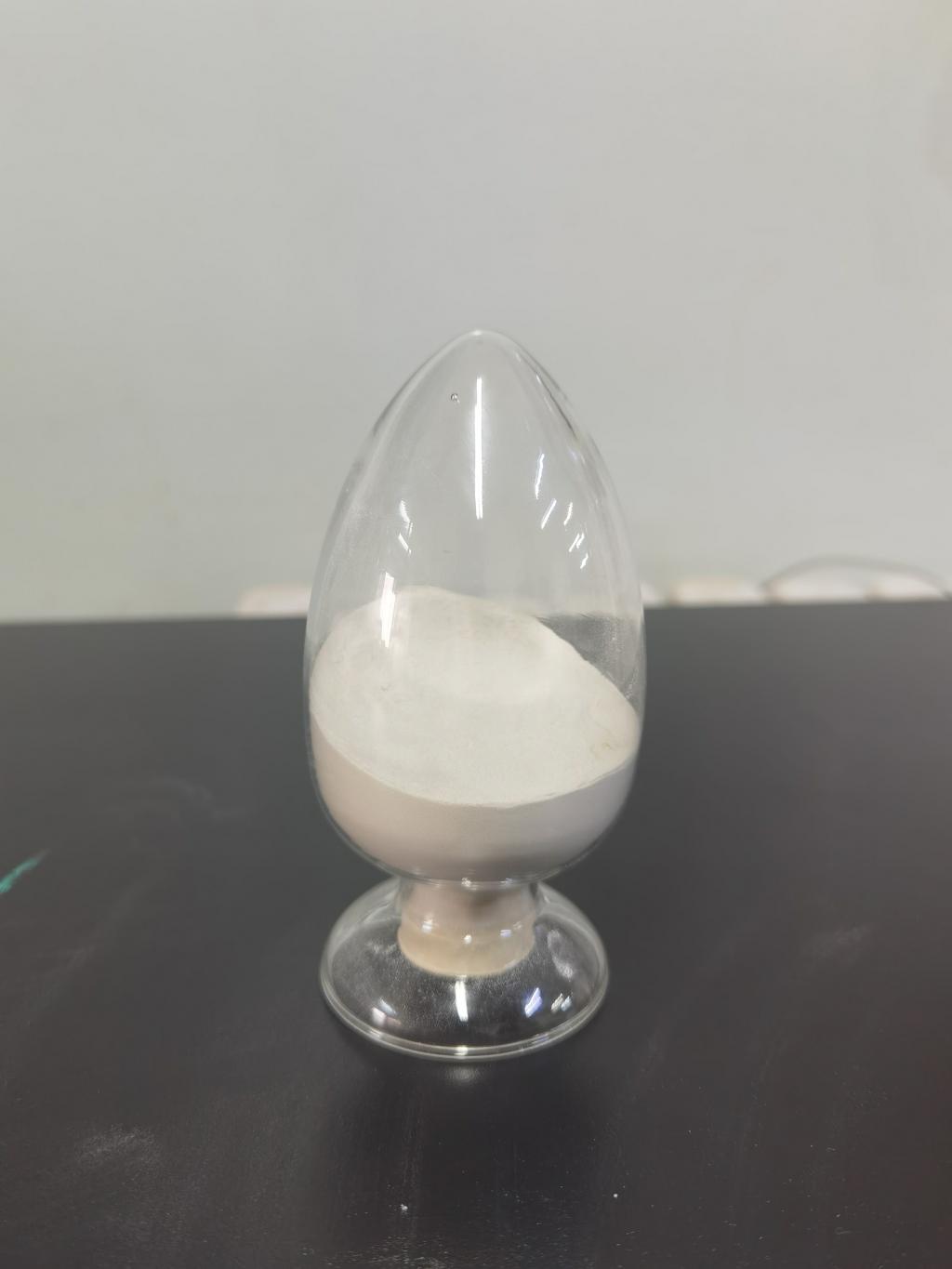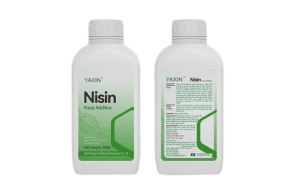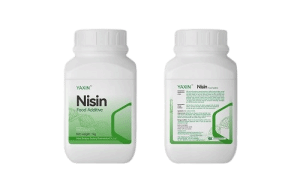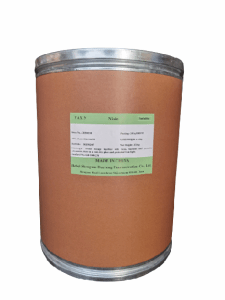Tel:+8618231198596

News
 CONTACT
CONTACT
 CONTACT
CONTACT
- Linkman:Linda Yao
- Tel: +8618231198596
- Email:linda.yao@dcpharma.cn
- Linkman:CHARLES.WANG
- Department:Overseas
- Tel: 0086 0311-85537378 0086 0311-85539701
News
Nisin's role in combating foodborne pathogens in ready-to-eat meals.
TIME:2024-10-29
Foodborne Pathogens in RTE Meals: A Persistent Challenge
RTE meals are at high risk of contamination from foodborne pathogens, primarily due to minimal post-processing cooking. Pathogens such as Listeria monocytogenes, Staphylococcus aureus, and Clostridium botulinum are among the most concerning in RTE products, as they can thrive in refrigerated environments and pose serious health risks. In recent years, outbreaks linked to RTE foods have highlighted the importance of effective antimicrobial treatments to control these pathogens. The complexity of RTE products, which often include a mixture of ingredients with different pH levels, water activities, and nutrient contents, presents challenges in pathogen control that traditional preservation methods may not adequately address.
Nisin as an Effective Antimicrobial for RTE Meals
Nisin’s unique antimicrobial properties make it especially effective against Gram-positive bacteria, which includes many foodborne pathogens commonly found in RTE foods. Unlike chemical preservatives, nisin is a natural peptide, generally recognized as safe (GRAS) by regulatory bodies like the FDA and EFSA. Nisin’s ability to inhibit pathogens while being safe for human consumption has led to its widespread use in food preservation, especially in high-risk food categories like dairy, canned goods, and, increasingly, RTE meals.
Mechanism of Action: How Nisin Inhibits Pathogens
Nisin’s antimicrobial action works through a two-pronged mechanism: binding to lipid II, a molecule necessary for bacterial cell wall synthesis, and forming pores in the bacterial membrane. This dual mechanism disrupts bacterial cell wall integrity and causes cell death, effectively inhibiting pathogens such as Listeria monocytogenes and Staphylococcus aureus. This mechanism is particularly advantageous for RTE foods because it rapidly and effectively targets pathogens that may have contaminated the product post-processing.
Advantages of Using Nisin in RTE Meals
Broad-Spectrum Activity Against Foodborne Pathogens: Nisin’s primary target is Gram-positive bacteria, including many of the most dangerous foodborne pathogens. This makes it especially suitable for RTE meals that are vulnerable to contamination from bacteria like Listeria and Clostridium botulinum. Nisin’s targeted action can help control these pathogens, which may otherwise multiply during refrigerated storage.
Natural and Consumer-Friendly: As consumers seek clean-label products with fewer synthetic additives, nisin provides a natural alternative to chemical preservatives. It is derived from a naturally occurring bacterium and has been safely used in food for decades. Adding nisin to RTE meals aligns with consumer preferences for natural ingredients and provides a more transparent, trustworthy product.
Extended Shelf Life: Nisin’s antimicrobial properties help extend the shelf life of RTE meals by inhibiting spoilage organisms. This shelf-life extension is crucial for RTE products, which often require a longer storage period in refrigerated conditions. By reducing microbial load, nisin minimizes spoilage, helping retailers reduce waste and meet consumer demand for high-quality, long-lasting products.
Enhanced Food Safety During Refrigerated Storage: Unlike other antimicrobial agents that may lose effectiveness at low temperatures, nisin remains stable and active in refrigerated environments, which are typical storage conditions for RTE meals. This stability is a key factor in maintaining food safety, as many pathogens can survive and even multiply at low temperatures.
Compatibility with Other Preservation Techniques: Nisin is versatile and can be combined with other preservation methods, such as high-pressure processing (HPP) or modified atmosphere packaging (MAP), to create a multi-hurdle approach that enhances food safety. When used with HPP, for instance, nisin’s effectiveness is amplified, creating an even more hostile environment for pathogens. Such combinations help ensure safety without requiring high levels of any single preservative.
Applications of Nisin in Different Types of RTE Meals
Meat and Poultry-Based Meals: Meat-based RTE products are particularly susceptible to contamination by Listeria monocytogenes and Staphylococcus aureus. Adding nisin can significantly reduce the risk of contamination, thereby ensuring safer products. For instance, studies have shown that nisin, when used in combination with organic acids, can inhibit Listeria in cooked meat products, extending shelf life and maintaining food safety during storage.
Dairy-Based RTE Products: RTE dairy items, such as cheese spreads and cream-based sauces, are vulnerable to spoilage and pathogenic bacteria. Nisin is already widely used in dairy due to its compatibility with acidic conditions and its ability to inhibit spoilage organisms. It ensures product quality and enhances shelf life while maintaining flavor and texture in dairy-based RTE items.
Vegetable and Salad-Based Meals: RTE salads and vegetable-based meals can harbor spoilage organisms and pathogens. While these foods are typically low in pH, some pathogens can still survive. Nisin, when combined with mild heat treatments or other antimicrobials like lactic acid, offers a natural solution to control pathogens, ensuring the safety of fresh RTE salads without the need for synthetic preservatives.
Current Research and Future Directions
As the demand for natural and effective antimicrobials continues, research is advancing to optimize nisin’s effectiveness in RTE meals. Some current research focuses on:
Encapsulation and Controlled Release: Encapsulating nisin in materials like liposomes or biopolymers can enhance its stability, allowing controlled release over time. This technology ensures that nisin remains active throughout the product’s shelf life, extending its effectiveness.
Synergies with Other Natural Preservatives: Combining nisin with essential oils, organic acids, or other natural antimicrobials is another area of focus. These combinations enhance nisin’s spectrum of activity and reduce the need for high concentrations, preserving the sensory qualities of RTE meals.
Enhanced Spectrum and Genetic Engineering: Efforts are being made to create nisin variants with improved effectiveness against Gram-negative bacteria, which are traditionally less susceptible to nisin. Genetic engineering and peptide modification may produce nisin derivatives with a broader spectrum, making it a more versatile tool for RTE preservation.
Conclusion
Nisin’s role in combating foodborne pathogens in RTE meals demonstrates its effectiveness as a natural, safe, and consumer-friendly antimicrobial. Its broad-spectrum activity, stability in refrigerated conditions, and compatibility with other preservation methods make it invaluable for ensuring the safety and quality of RTE products. As research progresses, nisin’s applications in RTE meal preservation are likely to expand, meeting the evolving needs of consumers and food producers alike. By leveraging nisin’s potential, the food industry can continue to deliver safe, high-quality, and naturally preserved RTE products that align with modern consumer expectations for clean-label, convenient foods.
- Tel:+8618231198596
- Whatsapp:18231198596
- Chat With Skype







